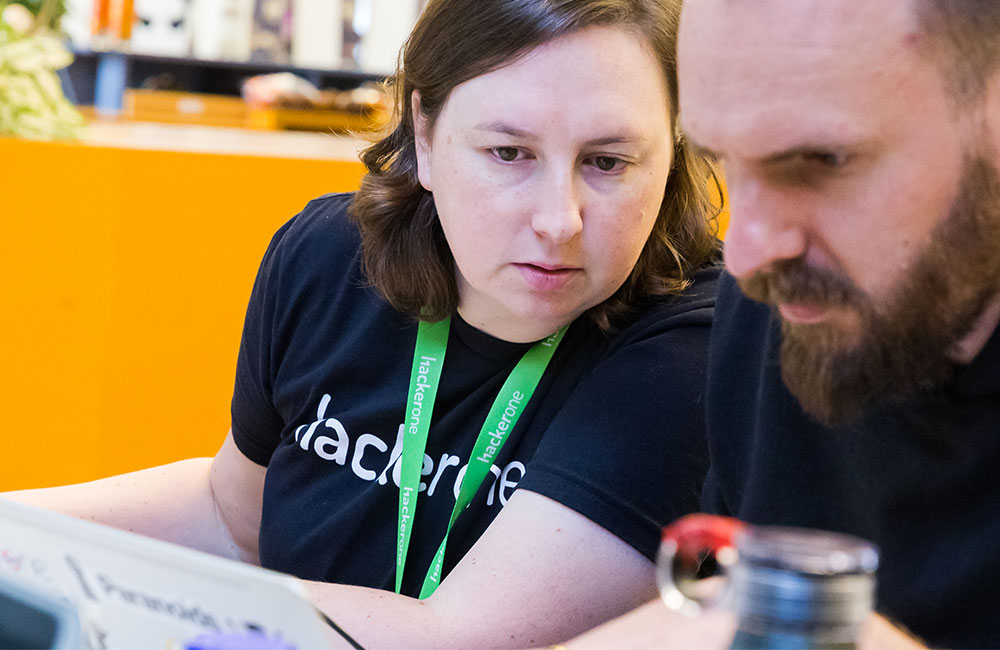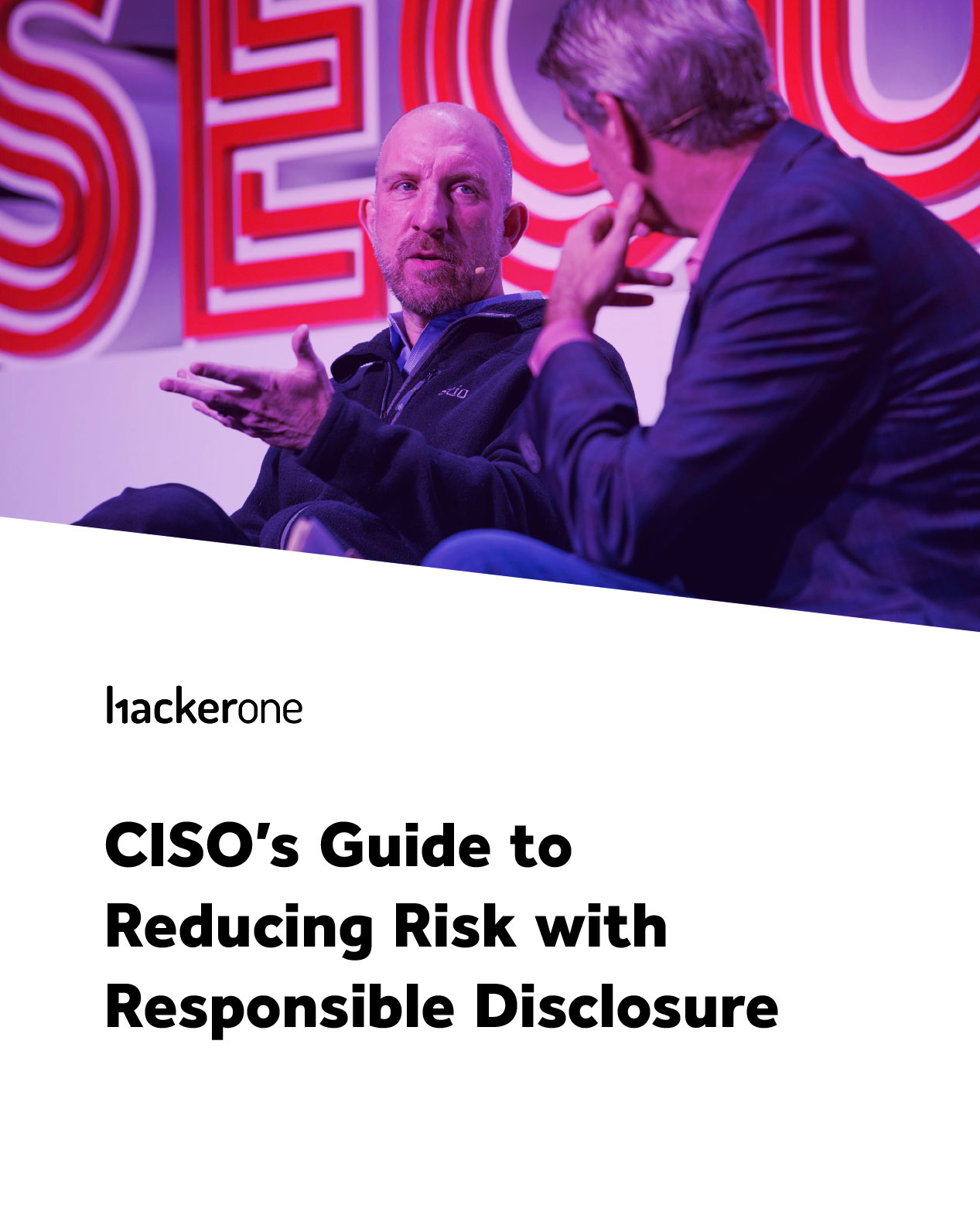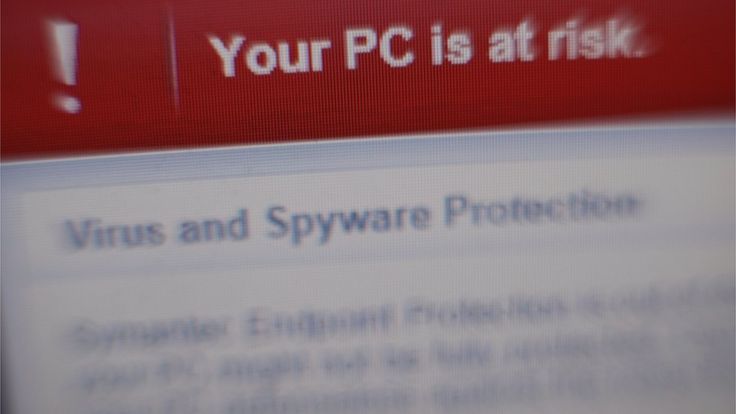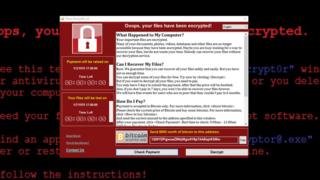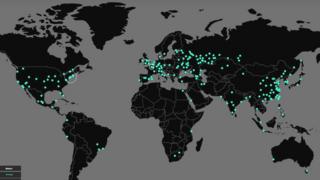A Voice for the Voiceless: Privatized Foster Care in Tennessee
Privatized Foster Care
I am deeply disturbed by the recent press coverage regarding what is going on in the
foster care system today.
Having worked for a private foster care agency (profit-driven) company contracted by the Department of Children's Services through the State of Tennessee, I would like to share what I've learned through my experience
Working with older adolescents reaching the age of majority-18-who are being released from state custody with the Department of Children's Services.
One child, now twenty, is pregnant and moves from place to place every few days or so (photos attached). When I first got her case, 5 years or so ago, she had concrete goals, dreams and aspirations. She had hope. She wanted to go to college. Now, today, she is homeless, pregnant, and has been without services since the day (and I do mean day!) she turned 18. (Pictures of her currrent "home" are posted next to this article.)
On her 18th birthday, Ms. DB was dropped off at a Food Lion parking lot in Gallatin, TN without any money, clothing, food, healthcare, benefits, e.g., food stamps, transportation and no where to go. She was on her own with a 10th grade education and no GED.
CG is a young man who was diagnosed with a brain tumor at 19, shortly after leaving custody. He was denied TennCare 4 times before I made the decision to get involved at any cost. Like all of my other former DCS clients (at least those who have contacted me over the years) CG is also chronically homeless, unemployable, and has only a 10th grade education, epilepsy, and a mental illness. He TennCare is ending 3/31/2008-not quite enough time to plan and execute the brain surgery he needs to help him live a relatively normal life...
I'm still involved, but tomorrow I will turn his case file over to two new case managers and hope that they can keep up the pace. I have to let go. I can't pay my internet bill!
I hope and pray that all of the hard work I have put into his case: applying for benefits, social security, Medicaid, Food Stamps, even a library card and a voter registration card (which are a dime a dozen in this town; Nashville, TN; these days) so that he can get the brain surgery and medical treatment he needs and deserves does not get lost when I go back to work next week. I have assured him that I will not abandon him like everyone else in the past-besides, I hold his history-his memory-his voter registration, TennCare and Social Security cards[1].
These children and young adults (DB, CG, CW, and CB) and a few other exceptional children left an imprint on my heart long after I left my position with the Department of Children's Services...
After leaving the private (contract) agency I was working for, it took a very long time for me to decide whether I should continue in the field of social services for children. You see, I was under the impression that foster care was about children. Wrong.
Unfortunately, I came to realize that it was more about money than children. Private agencies pay barely there, barely trained "people" upwards of $40-60/day per child tax-free. One foster parent I worked with kept ten children in a four-bedroom home in Madison. She also kept chains on the refrigerator door so the children wouldn't eat too much food. Another family had multiple complaints of sexual assault filed against them, but those complaints were mysteriously absent from my case file when I left the agency. As was my actual signature on my case reports-they didn't even try to color between the lines when falsified my records with white out. Who can be that lazy? Who can be that reckless? Who can be that person?
I was deeply saddened by this realization because I was unsure what to do with the information I had acquired throughout the years. However, at this point in my life, I do feel that I have some ethical obligation to either speak out or take action to work towards resolving the systemic problems in the privatized foster care environment.
I came to the realization that I may be able to use my own voice to speak for the children who have been repeatedly silenced by our society: our schools, our courts, our social service system, and the adults they relied upon to have their most basic needs met.
Of course, I would have to speak with DB and CG about their willingness to meet with you to discuss their experience while in the custody of the children's services.
However, if you believe (like I do) that sharing these stories (albeit anecdotal) may ultimately lead to profound changes and reform within the foster care system, then I am quite certain my former clients would be more than willing to speak with anyone who has the capacity to make things better for their natural and foster siblings still in the system, I do not see a problem so long as we can create a space where they can speak freely without fear of repercussions.
DB is not alone in her experience, and for whatever reason, these children seem to feel comfortable sharing their stories with me.
There is another young man, Cody G, who is an incredibly gifted writer that deserves to be heard and recognized. Much like DB, he has experienced a great deal of difficulty finding stable living arrangements once discharged from DCS custody. Because he was constantly in motion, moving from place to place to place-- I agreed to hold onto his personal journals documenting his experience in DCS.
His voice deserves to be heard along with a chorus of others! Some of these children develop such fascinating ways to cope with the pain, the isolation and the abandonment issues they grow up with, and I try to do the best I can to steer them in the right direction.
Talent such as Cody's and perseverance like DB's should be revered, celebrated, respected, and validated-- not thrown away or ignored..
Foster care is mess. What happens next is a complete and utter tragedy. I hope you are deeply disturbed by the contents of this letter-if so-my job is done for the day!
Let your voice be heard-- contact your representatives, the press-- shout it from the rooftops!!! This despicable state of affairs and this not so well hidden secret about privatized foster care in the state of Tennessee must come to an end!
This is how Cody writes:
The Leaveless Plant:by Cody Gambill© 2006 I am a plant without any rootsI bring no syrup I bear no fruits I am not much to look at without any flowersAll I do is sit and stare for hours Every so often, I wander off to find a new spotFeeling no attachment to anything I've got Every time I move, I lose a leaf or twoBut no one will notice because here I am new After moving a while, I look down to seeHow oblivious I am to my nudity All of my moving has shaken me bareEmbarrassed and all I ignore the stares But the more I think the better I feelBecause the leaves from me provided a meal So I am important like all on this earthThink I'll settle down and show this world what I'm worth
And this is how DB lives: pregnant at age 20:
The bathtub. No door. No curtain.
The sink.
The mold.
The baby...
[1] I must give kudos to Judge Dan Eisenstein from the Mental Health Court of Davidson County who has paved the way to make getting CG Transitional Services as he ventures out into the world alone-if only I could get reimbursed for my time! Judge Eisenstein is untraditional, compassionate, and by far the most client-centered Judge I have ever had the honor of working with, no matter how briefly. Judge Eisenstein is paving the road for CG to have a chance-a chance at a future-a chance at a life-- a real one-free from Grand Mal seizures, self-injury, hypomania, rapid cycling, and suicidal ideations.
I also would like to express my gratitude to The Tennessee Justice Center, Tony Garr of the Tennessee Health Care Campaign, Lane Simpson, and Dave Aguzzi with the Department of Children's Services who are helping CG get transitional living services so he can get the care and treatment he did not receive while in custody. Kim Crane (from the Vanderbilt Center for Child & Family Policy Center) has also been instrumental in serving as a liaison with Transitional Youth Programs and helped me get connected to the right people and programs efficiently and effectively. Thanks to you all!.


